As promised in my post from yesterday, I am going to explain how I set up the SLMRD pathway for my students to work on. This particular pathway is a lot more hands on and requires a little bit of time with me. The first thing I did was find a great So-la-mi SMARTNotebook document from SMARTExchange. I downloaded it, and put it up on the SMARTBoard in my classroom, then I went over it with the students a little review on how to read So, La, and Mi. This SMARTNotebook document will stay up in my classroom over the next couple weeks so different students can experience it and practice in small groups on their own as they explore more about reading notes in solfege. I also made sure to set up a folder in Schoology that included information about the long term and short term goals and targets to think about as students work on reading the notes and project information. Unlike the composer and orchestra pathways, this project is not optional for any student. While they are able to choose whether or not they would like to demonstrate their learning on the composers or the orchestra, all students must complete a singing or playing assessment using SLMRD. I did make sure to add an extension option using composition for students who wished to go above and beyond just reading and playing or singing the notes.
Students are also required to add to a discussion page on their note reading progress each time they choose to focus on that particular pathway in class.
So basically, that is the behind the scenes set up. Whether or not this set-up is going to be fruitful to adding to the learning experiences of the students is still to be noted. Each time students come to class I expect them to choose a pathway and get to work. I provide mini-lessons for students each time they come to class that they are welcome to attend if they feel it will help their learning process. Every music class has a 15 minute mini-lesson focus on reading the music on solfege and every other class has a 15 minute mini-lesson on either the orchestra or the composer of the month. I am planning to conference with students in groups every 3 weeks in place of a mini-lesson to make sure that they are on track, putting effort into their studies and discuss possible project options with them. To be honest, I am a little nervous about whether or not my students, especially since they are in 3rd grade, are able to handle such responsibility yet or be able to handle such projects, but I am hoping they will be able to surprise me and exceed expectations. Will they choose to spend their entire class times on their iPads or will they try to do more hands on learning? Time will tell. Will my students be responsible enough to come to a mini-lesson with me? I hope so. We never try to let students take control, to give them the power to choose and decide for themselves. I am hoping that by allowing the learners to take responsibility of their own education, even at such a young age, will have positive impacts not only on their academic growth in music, but also will inspire a passion and love for music that they discovered and came to terms with on their own!
Happy Personalizing!
--Lauren
So basically, that is the behind the scenes set up. Whether or not this set-up is going to be fruitful to adding to the learning experiences of the students is still to be noted. Each time students come to class I expect them to choose a pathway and get to work. I provide mini-lessons for students each time they come to class that they are welcome to attend if they feel it will help their learning process. Every music class has a 15 minute mini-lesson focus on reading the music on solfege and every other class has a 15 minute mini-lesson on either the orchestra or the composer of the month. I am planning to conference with students in groups every 3 weeks in place of a mini-lesson to make sure that they are on track, putting effort into their studies and discuss possible project options with them. To be honest, I am a little nervous about whether or not my students, especially since they are in 3rd grade, are able to handle such responsibility yet or be able to handle such projects, but I am hoping they will be able to surprise me and exceed expectations. Will they choose to spend their entire class times on their iPads or will they try to do more hands on learning? Time will tell. Will my students be responsible enough to come to a mini-lesson with me? I hope so. We never try to let students take control, to give them the power to choose and decide for themselves. I am hoping that by allowing the learners to take responsibility of their own education, even at such a young age, will have positive impacts not only on their academic growth in music, but also will inspire a passion and love for music that they discovered and came to terms with on their own!
Happy Personalizing!
--Lauren
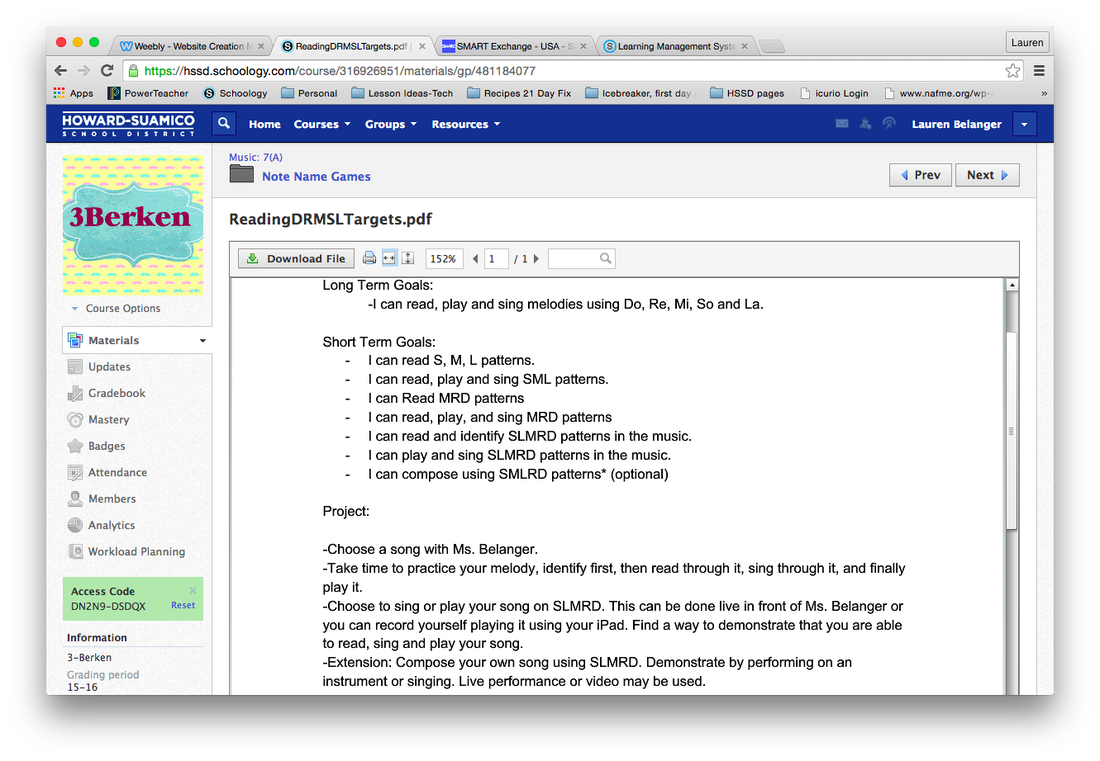
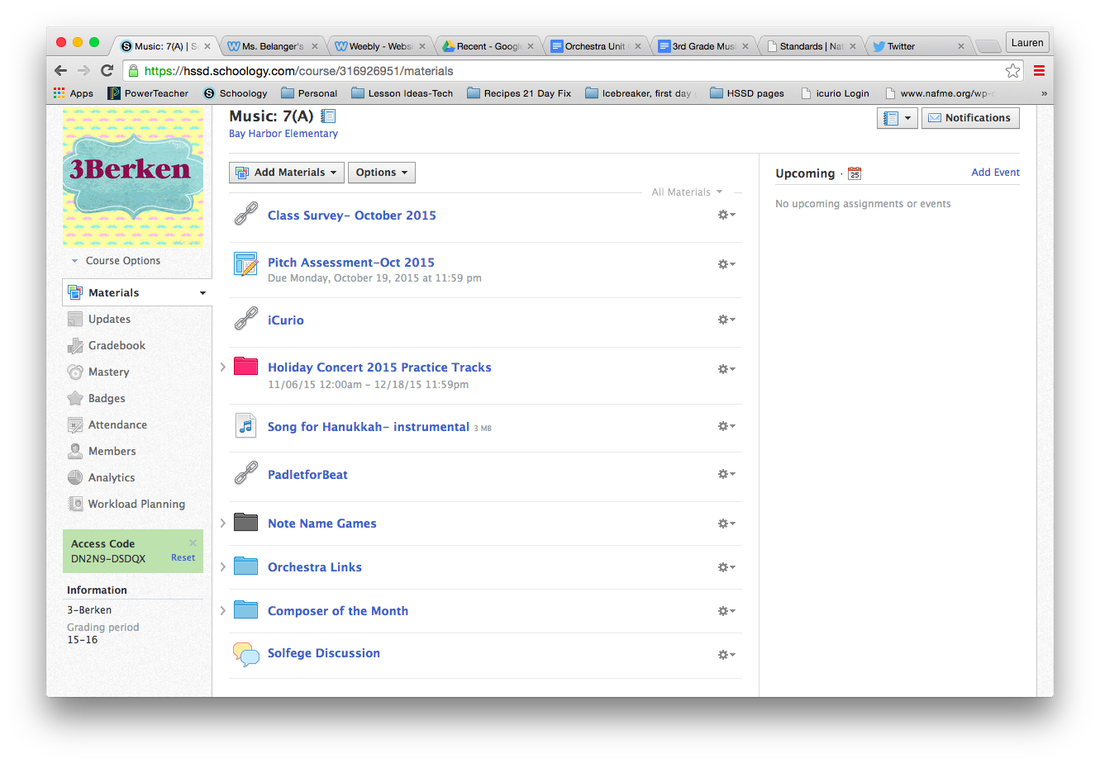
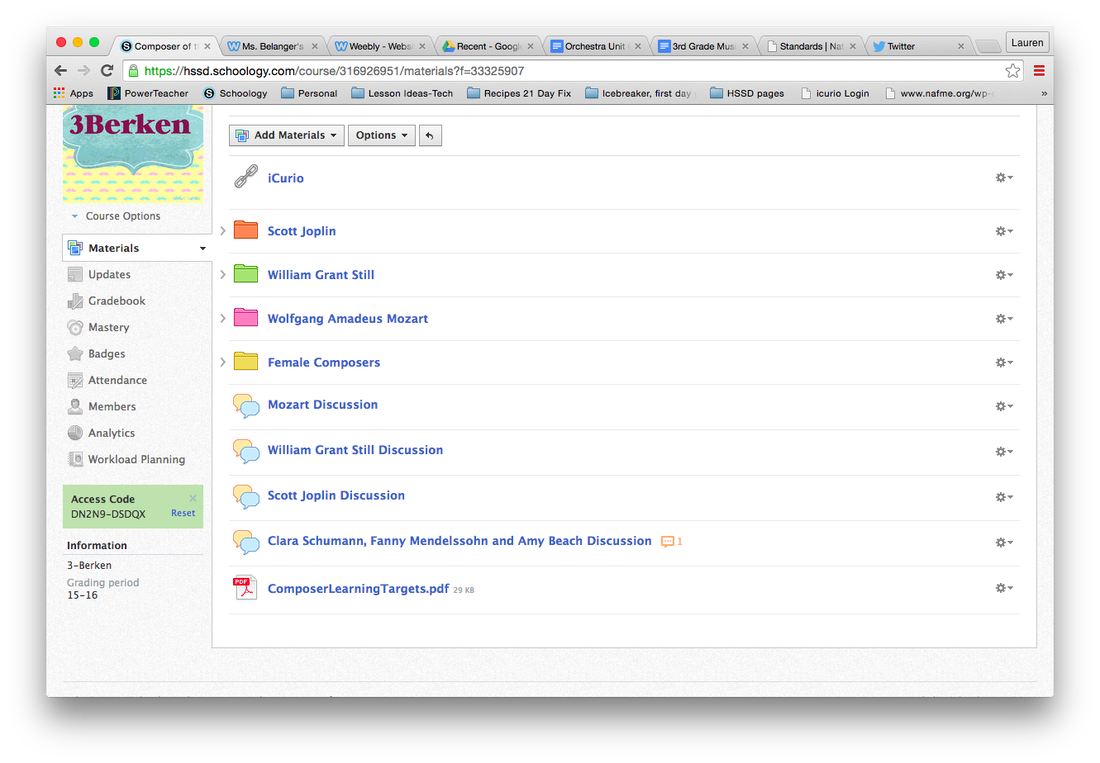
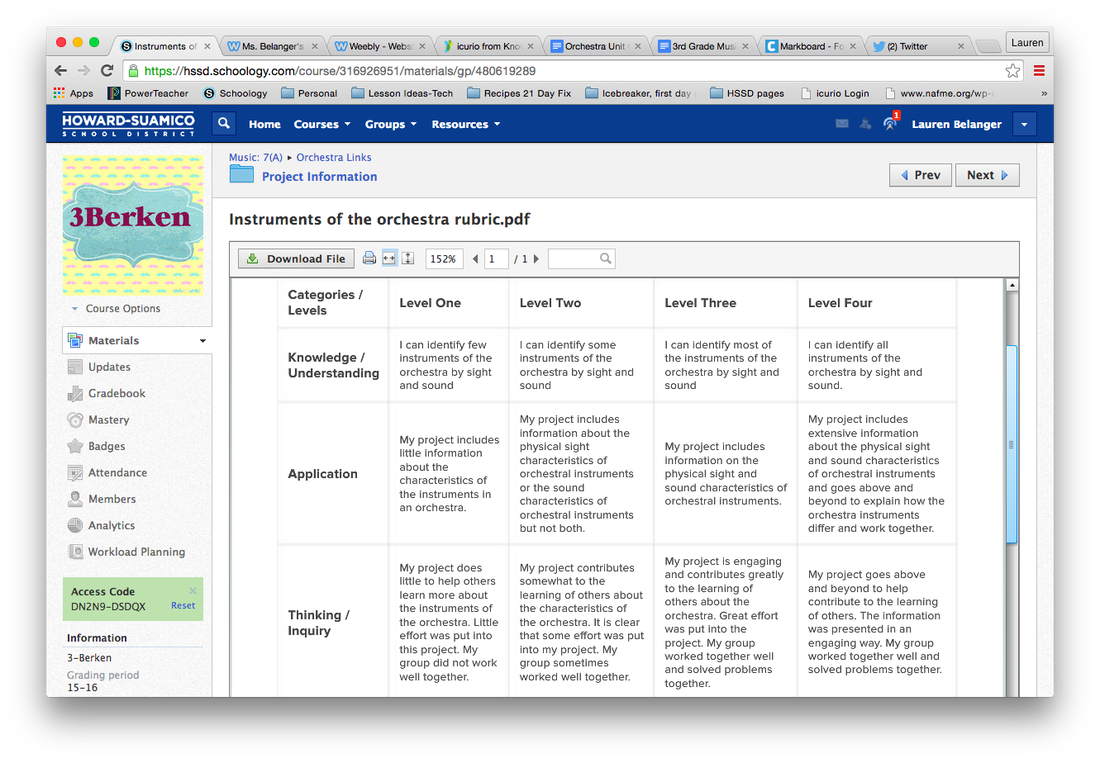
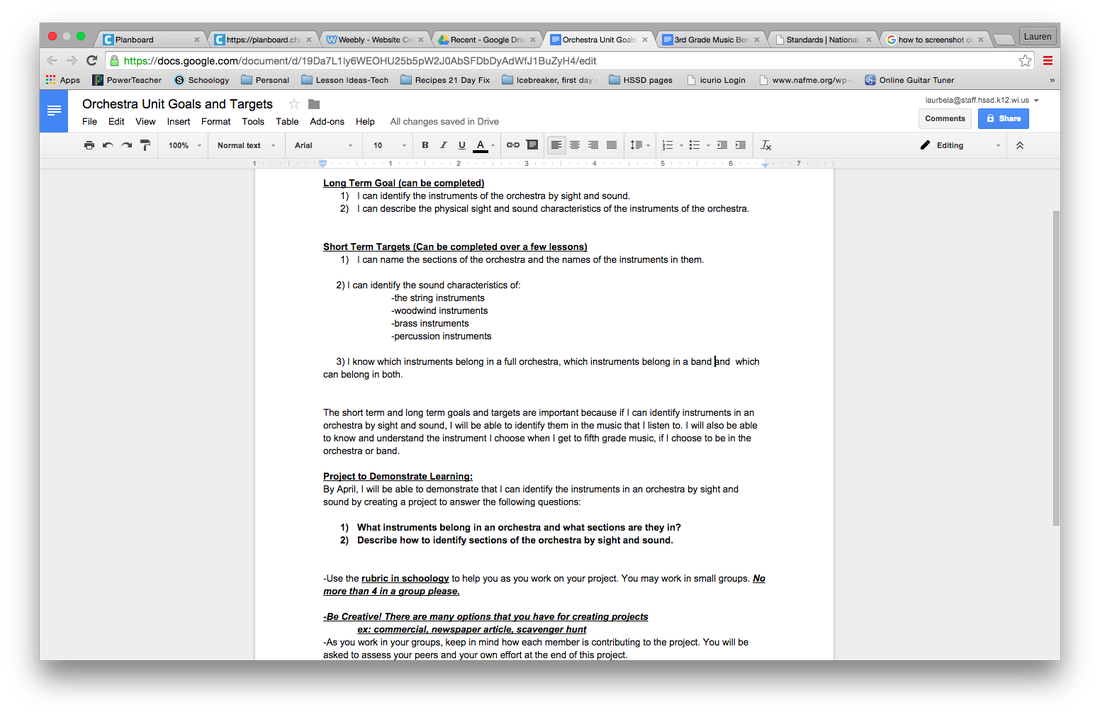
 RSS Feed
RSS Feed
